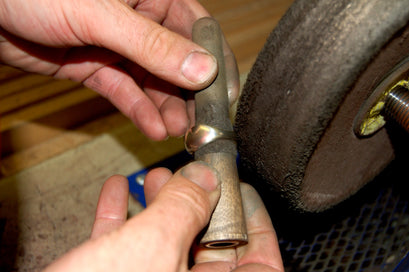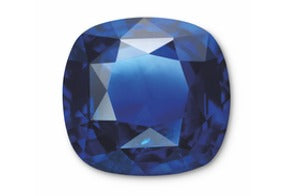Did you know Apatite is only occasionally used as a gemstone?
- The primary use of apatite is in the manufacture of fertilizer – it is a source of phosphorus.
- Apatite is also a proposed host material for storage of nuclear waste, along with other phosphates.
- Interestingly, fluorapatite contains the same elements that make up our tooth enamel, making it an excellent healing aid for dental issues and mending broken bones.
- Moon rocks collected by astronauts during the Apollo program contain traces of apatite.

At Holt’s Lapidary, we have an appetite for apatite 😊
Apatite gets its name from the Greek word απατείν (apatein), which means to deceive due to its ability to resemble other crystals and gemstones such as Peridot and Beryl. Apatite can range in colour from deep turquoise to green to yellow and occasionally pink or violet, depending on the combination of levels of fluorine, chlorine and hydroxide. The main sources for gem quality apatite are Brazil, Myanmar, and Mexico.
Apatite is an index mineral with a hardness of 5 on the Mohs scale. Its softness means it is often cut into beads. Faceted stones should be treated with care to avoid scratching and are more often a collector’s stone, not to be set in jewellery. Chatoyant stones are known as cat’s-eye apatite and green stones are known as asparagus stone.
Amongst the gemstone treasure trove that is Holts Lapidary, we have a very special 55.90ct Cat’s Eye Apatite (pictured below) and as well as a few vibrant turquoise blue faceted examples too!




Above left dendritic inclusions in parallel formations in cat's eye apatite and right growth channels seen in blue apatite.


















